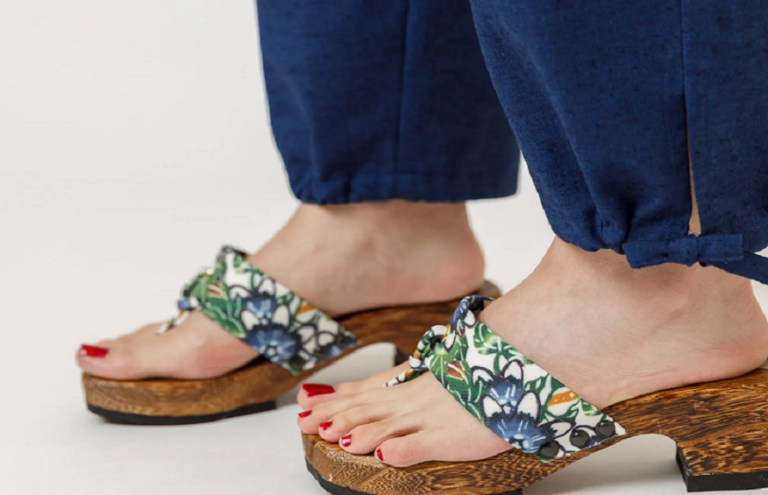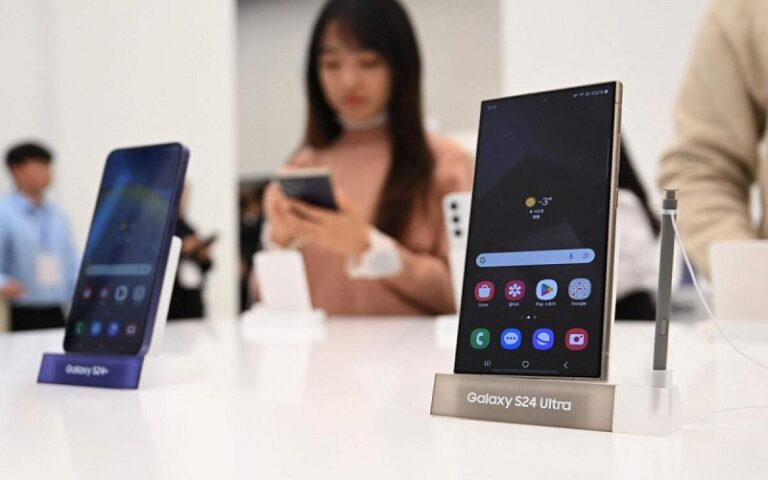Visual merchandising, often referred to as the silent salesman, is an artful fusion of creativity and strategic planning.
It’s the subtle yet powerful tool that shapes our perception and influences our purchasing decisions as we navigate through retail spaces.
From captivating window displays to meticulously arranged product layouts, visual merchandising breathes life into brick-and-mortar stores, enhancing the overall shopping experience.
In this comprehensive guide, we will delve into the essence of visual merchandising and visual merchandising management, exploring its significance, principles, and techniques. Additionally, for those aspiring to master this art form, we’ll navigate through the avenues to pursue a visual merchandising course Singapore.
Understanding Visual Merchandising:
At its core, visual merchandising is the practice of presenting products in a visually appealing and enticing manner to attract customers and drive sales.
It encompasses various elements such as store layout, lighting, signage, displays, and product arrangement.
The ultimate goal is to create an immersive environment that engages shoppers on both rational and emotional levels, compelling them to explore, interact, and ultimately make a purchase.
Key Principles of Visual Merchandising:
- Balance and Symmetry: Achieving equilibrium in visual composition enhances aesthetic appeal and readability of the store layout.
- Color Psychology: Strategic use of colors influences mood and perception, guiding customers towards desired products or areas.
- Focal Points: Creating focal points through eye-catching displays or arrangements directs attention and encourages exploration.
- Theme and Storytelling: Infusing narratives or themes into displays fosters emotional connections with customers, elevating brand identity.
- Seasonal and Trend Adaptation: Flexibility to adapt displays and promotions according to seasons and trends ensures relevance and freshness.
- Space Utilization: Maximizing space efficiency while maintaining clear pathways for navigation is crucial for a seamless shopping experience.
- Consistency: Maintaining consistency in branding, messaging, and visual elements reinforces brand identity and fosters customer trust.
Techniques of Visual Merchandising:
- Window Displays: Captivating window displays serve as the first impression of a store, enticing passersby and setting the tone for the shopping experience.
- Planogramming: Strategic arrangement of products on shelves or racks based on factors like popularity, seasonality, and complementary pairings enhances visibility and accessibility.
- Lighting: Thoughtful lighting design accentuates products, creates ambiance, and guides customer focus within the store.
- Visual Storytelling: Incorporating storytelling elements through thematic displays or vignettes engages customers emotionally, sparking interest and curiosity.
- Props and Decor: Creative use of props, decor, and signage enhances visual appeal and communicates brand personality.
- Interactive Displays: Incorporating interactive elements such as touch screens or product demonstrations encourages customer engagement and facilitates product exploration.
- Digital Integration: Integrating digital screens or interactive kiosks provides dynamic content delivery and enhances the overall shopping experience.
1. Importance of Visual Merchandising:
Effective visual merchandising goes beyond aesthetics; it plays a pivotal role in driving sales, enhancing brand perception, and fostering customer loyalty. Here’s why visual merchandising is indispensable for retailers:
- Increased Sales: Well-executed visual merchandising strategies attract attention, stimulate interest, and ultimately drive conversions, leading to increased sales revenue.
- Brand Differentiation: Distinctive visual merchandising sets brands apart in a competitive market, reinforcing brand identity and fostering customer recognition and loyalty.
- Enhanced Customer Experience: A visually appealing and well-organized store layout enhances the overall shopping experience, leading to higher customer satisfaction and repeat visits.
- Product Visibility: Strategic product placement and presentation improve product visibility, making it easier for customers to locate desired items and explore complementary offerings.
- Influencing Purchase Decisions: By leveraging psychological principles and persuasive techniques, visual merchandising influences customer perceptions and purchase decisions, increasing basket size and cross-selling opportunities.
- Adaptability and Flexibility: Visual merchandising allows retailers to adapt to changing market trends, seasonal variations, and promotional campaigns, ensuring relevance and responsiveness to consumer preferences.
2. Where to Find Visual Merchandising Courses in Singapore:
For individuals aspiring to pursue a career in visual merchandising or enhance their existing skills, various educational institutions and training providers in Singapore offer courses tailored to different skill levels and career aspirations. Here are some avenues to explore:
3. Retail and Visual Merchandising Courses at Polytechnics
Institutes such as Temasek Polytechnic and Nanyang Polytechnic offer diploma and certificate courses in retail management and visual merchandising, providing comprehensive training in merchandising principles, retail operations, and hands-on practical experience.
4. Specialized Training Providers
Several private training providers and academies in Singapore offer short courses and workshops specifically focused on visual merchandising techniques, retail design, and store planning.
These courses cater to individuals seeking targeted skill development or career advancement opportunities in the field of visual merchandising.
5. Professional Associations and Industry Events
Industry associations such as the Singapore Retailers Association (SRA) often organize workshops, seminars, and networking events focused on retail merchandising and store design.
Participating in such events provides valuable insights, industry connections, and professional development opportunities for aspiring visual merchandisers.
6. Online Learning Platforms
E-learning platforms like Udemy, Coursera, and LinkedIn Learning offer a wide range of online courses and tutorials covering various aspects of visual merchandising, retail design, and consumer behavior.
These platforms provide flexibility and accessibility for individuals to acquire relevant skills at their own pace.
7. Internship and On-the-Job Training Programs
Many retail companies and visual merchandising agencies in Singapore offer internship programs or on-the-job training opportunities for aspiring visual merchandisers.
These programs provide practical hands-on experience, mentorship, and exposure to real-world retail environments, complementing formal education and coursework.
8. Retail Design and Architecture Firms
Design and architecture firms specializing in retail environments often offer internship programs or entry-level positions for individuals interested in visual merchandising and store planning.
These firms provide exposure to diverse projects, ranging from boutique shops to large-scale retail developments, allowing aspiring visual merchandisers to gain valuable insights into industry trends and best practices.
9. In-House Training Programs by Retail Brands
Many retail brands with a strong emphasis on visual merchandising develop in-house training programs for their staff.
These programs provide a deep dive into the brand’s visual identity, merchandising guidelines, and store layout principles, offering employees the opportunity to hone their skills within the context of a specific brand’s aesthetic and values.
10. Continuing Education Institutes
Continuing education institutes affiliated with universities or vocational schools often offer part-time or evening courses in visual merchandising and retail design.
These programs cater to working professionals seeking to upgrade their skills or transition into careers in visual merchandising, providing flexible learning options to accommodate busy schedules.
11. Industry Conferences and Workshops
Attending industry conferences, trade shows, and workshops focused on retail design and visual merchandising offers valuable networking opportunities and exposure to the latest trends and innovations in the field.
These events often feature presentations by industry experts, hands-on workshops, and panel discussions, providing participants with practical knowledge and inspiration for their own projects.
12. Self-Directed Learning and Resources
For individuals who prefer a self-directed approach to learning, there are abundant resources available online and in print that cover various aspects of visual merchandising, retail design, and consumer behavior.
Books, blogs, podcasts, and online forums provide valuable insights, case studies, and practical tips for aspiring visual merchandisers to explore and apply in their own practice.
Conclusion
Visual merchandising is an indispensable aspect of retail strategy, serving as a catalyst for driving sales, enhancing brand identity, and creating memorable shopping experiences.
By mastering the principles and techniques of visual merchandising, individuals can unlock exciting career opportunities in the dynamic retail industry.
Whether through formal education, specialized training, or hands-on experience, aspiring visual merchandisers in Singapore have a plethora of avenues to explore and embark on their journey towards success in this captivating field.



















+ There are no comments
Add yours